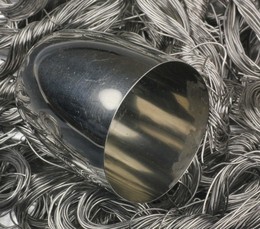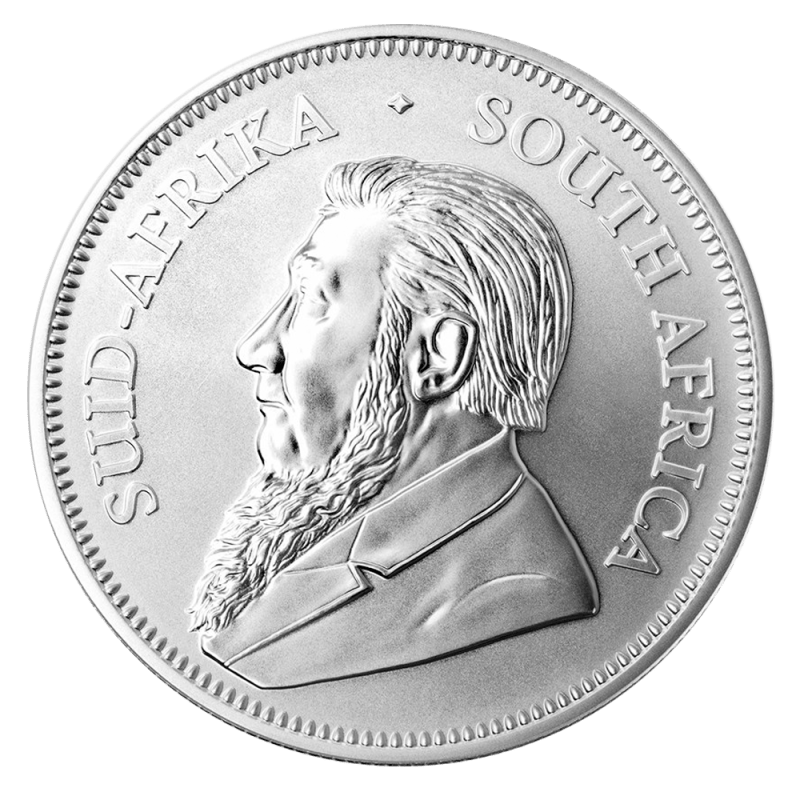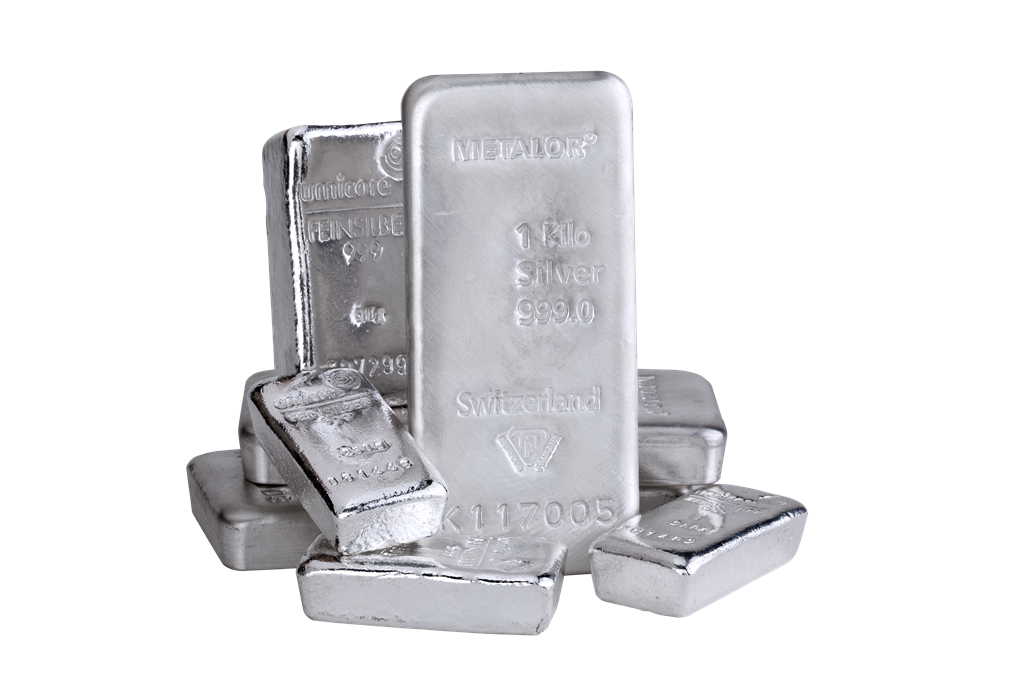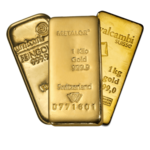
Thermocouples have a lot application in industry and are composed with severals metals from Platinum Metal Group (PMG), such as platinum and rhodium. This article explain what is a thermocouple and the different type of thermocouple, such as type S, type R or type B.
What is a thermocouple ?
A thermocouple is a sensor used to measure temperature. It consists of two son made from different metals. The son are welded together at one end, creating a junction. This junction is where the temperature is measured.
When the junction is subjected to a temperature change, a voltage is created. The voltage can then be interpreted using a reference table for thermocouples to calculate the temperature.
There are many types of thermocouples, each with its own unique characteristics in terms of temperature range, durability, vibration resistance, chemical resistance, and the compatibility of applications.
Type J, K, T, E and thermocouples are “Base Metals”, the most common types of thermocouples.
Types R, S, and B thermocouples are thermocouples “noble metal” as in “precious metal” which are used in high temperature applications.
Thermocouple type S, R and B.
The type S is used in applications at very high temperatures. It is commonly found in the glass industry, steel, biotechnology and pharmaceutical. It is sometimes used in smaller applications because of its high precision and temperature stability.
The type S is often used with ceramic protective tube. We call this object a pyrometer or temperature sensor. The thermocouple has strictly speaking is the combination of the two son.
Son of the composition may vary according to the desired properties.
Type S thermocouple are mostly made of 100% platinum wire and another wire 90% platinum / 10% rhodium. However, the rhodium content of the second yarn may range from 13% to 30%.
If a R-type thermocouple, the yarn is composed of 87% platinum and 13% rhodium associated with a 100% platinum wire.
For over 70% platinum / 30% rhodium combined with a platinum wire 94% / 6% rhodium thermocouple is called Type B.
In some furnaces it can have many thermocouples Type S, D or F in order to control precisely the temperature over the entire height of the furnace.





